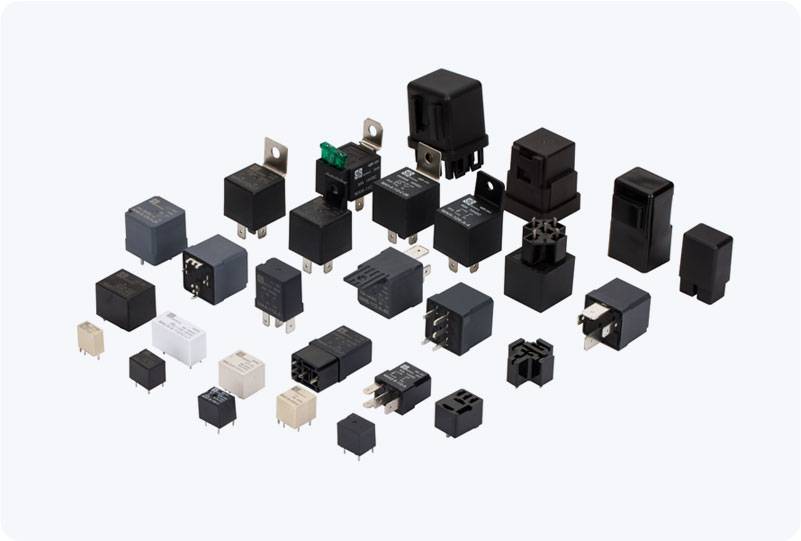The Dual Relay Module is a versatile electronic component that plays a crucial role in automation and control systems. It allows low-voltage devices, such as microcontrollers and microprocessors, to control high-voltage appliances and systems. By using a relay to switch power on or off, the module provides a safe and efficient way to integrate various devices into a broader system. In this article, we will explore the functionality, applications, and advantages of the Dual Relay Module, as well as provide guidance on how to use it in real-world projects.

What is a Dual Relay Module? At its core, a Dual Relay Module contains two individual relays, which are electrically operated switches. The primary purpose of a relay is to allow one circuit to control another, often with different voltage levels. The module is typically powered by a 5V or 12V DC supply and can be used to control AC or DC loads by switching them on and off. This makes it highly suitable for controlling high-power devices such as motors, lights, fans, or home appliances, all from a low-power control system like an Arduino or Raspberry Pi. How Does the Dual Relay Module Work?
Leave a Reply